Disclosure: This article contains affiliate links. We may earn a commission from purchases at no extra cost to you, which helps our travel content.
When I told my retail buying colleagues I was taking my vacation time to hit up Bolivia's carnival capital solo, they thought I'd lost it. 'Jose, what about Milan Fashion Week?' they asked. But after five years of chasing runway trends across fashion capitals, I was craving something raw, authentic, and completely outside my usual circuit. Oruro delivered that and more. This mining city tucked into Bolivia's altiplano might not scream 'must-visit destination' at first glance, but beneath its rugged exterior lies a cultural goldmine that rivals any fashion week spectacle I've witnessed. From the moment I stepped off that bus at 12,000+ feet above sea level, gasping for breath and clutching my vintage leather weekender, I knew this adventure would redefine my perspective on travel luxury. This isn't about thread counts or designer boutiques – it's about the richness of tradition, the texture of history, and the unfiltered energy that makes Oruro an experience you can't curate from a catalog.
Preparing for Altitude: The Fashion Buyer's Survival Kit
Let me be straight with you – altitude sickness doesn't care about your carefully planned itinerary or your limited vacation days. At over 12,000 feet, Oruro will humble you faster than a sample sale crowd if you're not prepared. My first rookie mistake? Thinking I could power through without acclimatizing. Two hours after arrival, I was sprawled across my hostel bed with a pounding headache that made last season's inventory crisis seem like a minor inconvenience.
After a humbling first day, I developed my altitude survival strategy. First, I spent two days in La Paz (which sits slightly lower) before heading to Oruro. This gradual approach made all the difference. I also packed my hydration pack which became my constant companion – staying aggressively hydrated is non-negotiable at this elevation.
Coca tea became my new espresso. Locals swear by it for altitude adjustment, and after my initial skepticism (the fashion industry has made me wary of 'miracle cures'), I became a convert. Most hotels and hostels offer it complimentary in lobbies, but I also picked up loose leaves from the central market to brew in my room.
Packing-wise, think layers and fabrics that breathe. The altiplano sun is fierce during the day, but temperatures drop dramatically at night. My merino wool base layers were the MVPs of this trip – temperature-regulating and odor-resistant (crucial when you're trying to pack light).
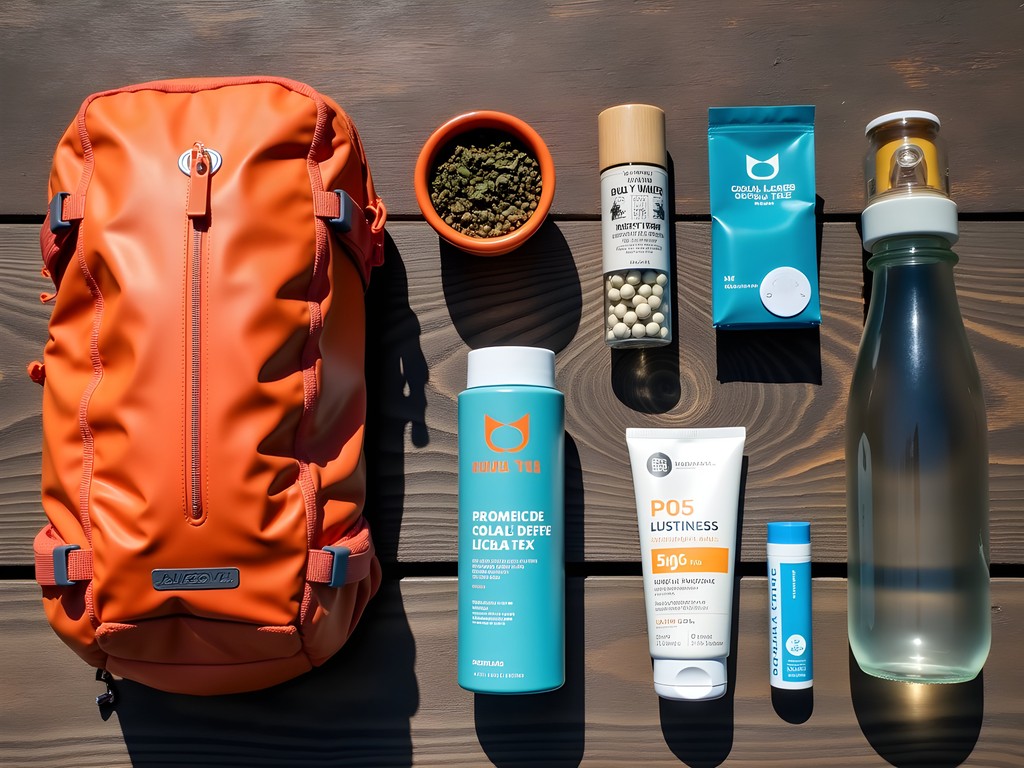
💡 Pro Tips
- Start taking altitude medication 24 hours before arrival
- Download a translation app that works offline – English is limited outside tourist areas
- Schedule nothing important for your first full day – just acclimatize
Carnival Chaos: Strategic Navigation for Solo Travelers
If you've ever navigated the crush of buyers during Paris Fashion Week, you might think you're prepared for crowds. Let me tell you – Oruro's Carnival makes fashion week look like a private shopping appointment. This UNESCO-recognized festival brings over 400,000 people to a city designed for a fraction of that number, creating beautiful chaos that demands strategy.
First, timing is everything. While the main parade (Saturday and Sunday before Ash Wednesday) offers the most spectacular displays, it's also when prices triple and personal space becomes non-existent. I opted to arrive four days before the main event, which allowed me to catch the equally impressive entrada universitaria (university parade) and some rehearsals without the peak crowds.
For viewing the parades, you have options. The tourist route is to pre-book grandstand seats online (around $50-100 USD), which gives you a guaranteed spot and some comfort. But the insider move? I befriended a local shop owner who invited me to watch from his second-floor balcony – complete with home-cooked food and family stories that no grandstand ticket could provide.
As a solo traveler, I kept my anti-theft crossbody bag close during all festivities. The carnival atmosphere brings pickpockets, and nothing kills the vibe faster than losing your passport. This bag has locking zippers and slash-resistant construction that gave me peace of mind while I focused on capturing the incredible costumes and choreography.
The real magic happens in the side streets and practice sessions. While tourists cluster along the main route, I found myself alone watching dance groups rehearse in neighborhood plazas, where performers were happy to explain the symbolism behind their elaborate costumes – many of which cost thousands of dollars and take a full year to create.
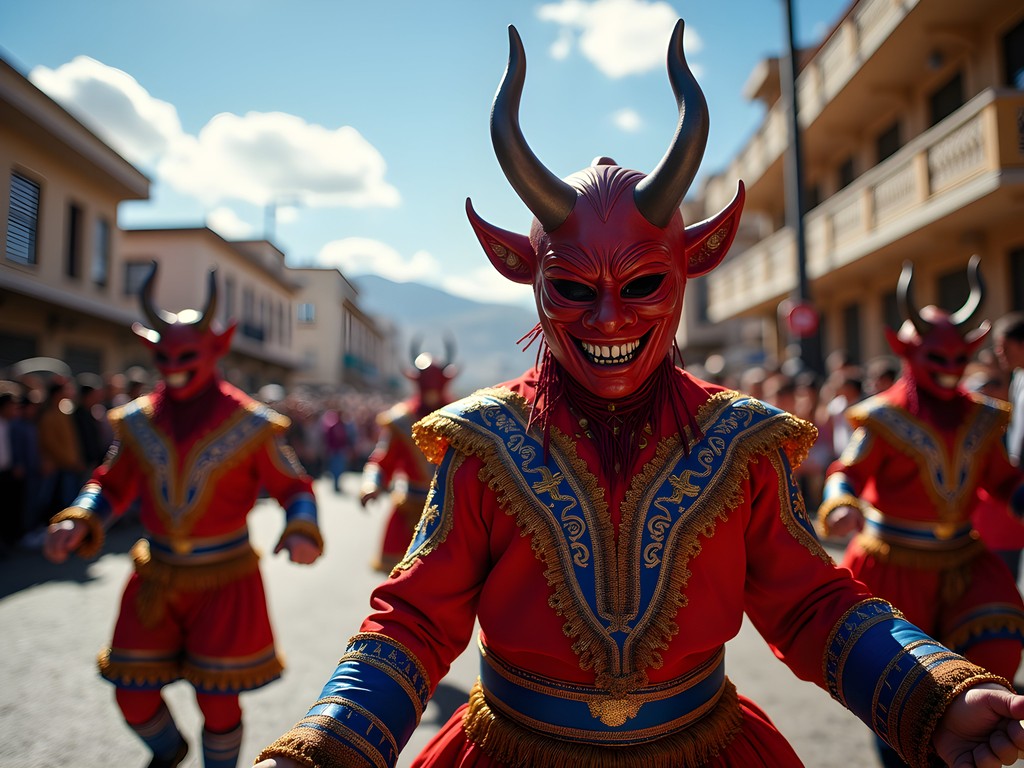
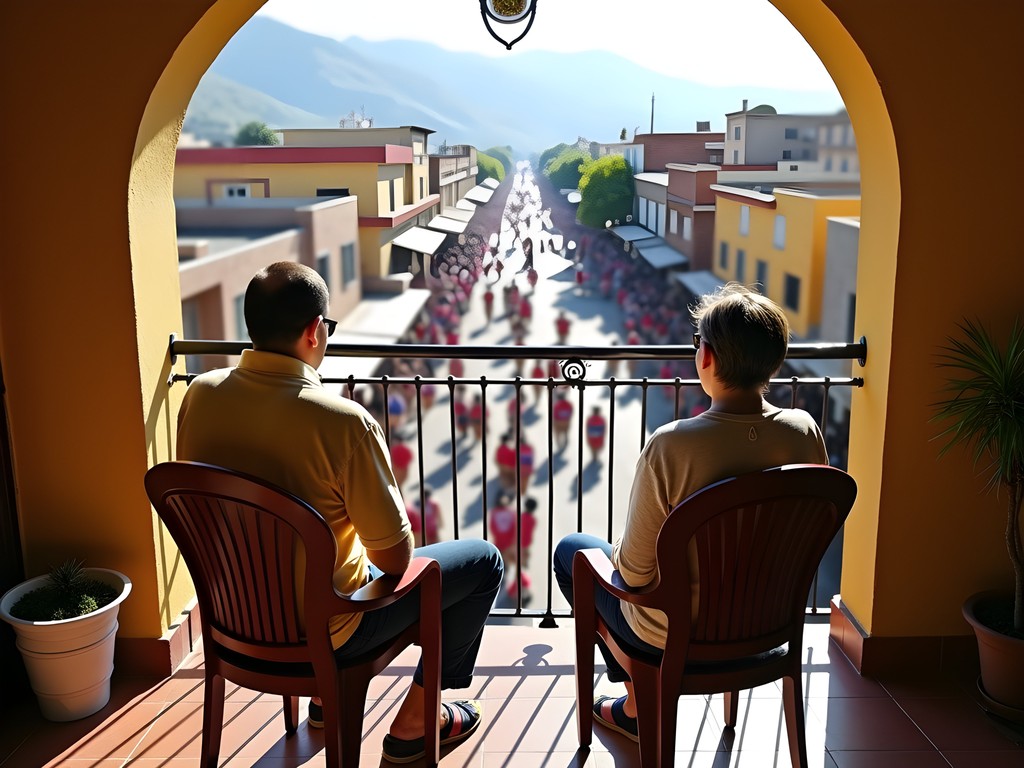
💡 Pro Tips
- Book accommodations at least 3 months in advance for carnival season
- Bring small bills in Bolivianos – vendors can't break large notes
- Learn the basic diablada dance moves before arriving – locals love when visitors participate
Beyond Carnival: Oruro's Hidden Cultural Texture
While carnival might be Oruro's headliner, the city offers a rich cultural tapestry that most tourists miss entirely. As someone who spends his professional life analyzing the stories behind products, I found myself drawn to Oruro's mining heritage – the economic backbone that shaped this city long before tourists arrived for carnival.
The Socavón Mining Museum offers a glimpse into the brutal realities of Bolivia's mining industry. For just 15 Bolivianos (about $2 USD), you can explore tunnels that were once active mines and see the conditions workers endured. What struck me most were the shrines to El Tío – the devil-like deity miners believe controls the underground. The juxtaposition of Catholicism above ground and these ancient beliefs below perfectly captures Bolivia's syncretic cultural identity.
For a more immersive experience, day trips to active mines in nearby Huanuni can be arranged, though I recommend going with a reputable guide who prioritizes ethical tourism and worker safety. These aren't sanitized tourist experiences – they're raw glimpses into a dangerous profession that continues today.
On my third day, I discovered the Museo Antropológico Eduardo López Rivas, which houses pre-Columbian artifacts and explains the indigenous roots of many carnival traditions. The museum's collection of textiles particularly caught my eye – the craftsmanship and color theory in these centuries-old pieces would impress even the most discerning fashion directors I've worked with.
For photography enthusiasts, I found my camera strap essential for these cultural explorations. The quick-adjust feature let me transition from discreet street photography to capturing architectural details without fumbling with gear. In places like the central market, where I spent hours photographing vendors and their vibrant displays, having a secure but accessible camera setup made all the difference.

💡 Pro Tips
- Visit the Socavón chapel to understand the religious significance behind carnival traditions
- Bring small gifts if you visit mines – cigarettes, coca leaves, or soft drinks are appreciated by workers
- The anthropology museum is closed Mondays – plan accordingly
Solo Dining Scene: From Market Stalls to Hidden Gems
Dining solo in Oruro requires checking your food pretensions at the door – this isn't a city of trendy fusion restaurants or Instagram-worthy plating. What you'll find instead is hearty, unpretentious Bolivian cuisine that fuels you through long days of exploration and high-altitude adventures.
The central Mercado Campero became my go-to breakfast spot, where 10 Bolivianos (less than $1.50 USD) gets you fresh-squeezed orange juice and api con pastel – a purple corn drink served with fried pastry that puts my usual cold brew to shame. The market ladies quickly recognized me, and by day three, my api was waiting when I arrived, along with their latest gossip about carnival preparations.
For lunch, follow the local office workers to small restaurants offering almuerzo (set lunch). These typically include soup, a main dish, dessert, and drink for about 15-25 Bolivianos ($2-4 USD). My favorite spot was Doña Julia's place near the main plaza – unmarked and packed with locals. The daily rotating menu meant I tried everything from silpancho (breaded meat with rice and eggs) to chairo (potato and meat stew).
Dinner presented the biggest challenge for solo dining, as Bolivians typically eat this meal in family groups. I found my solution at the evening food stalls that pop up around Plaza 10 de Febrero, where I could grab anticuchos (beef heart skewers) or tucumanas (Bolivian empanadas) and eat while people-watching.
I tracked all these culinary discoveries in my travel journal, sketching memorable dishes and noting ingredients I couldn't identify to research later. This practice not only improved my Spanish food vocabulary but gave me inspiration for hosting Bolivian-themed dinner parties back home – bringing a piece of Oruro to my friends who couldn't understand why I'd skip Milan for mining country.
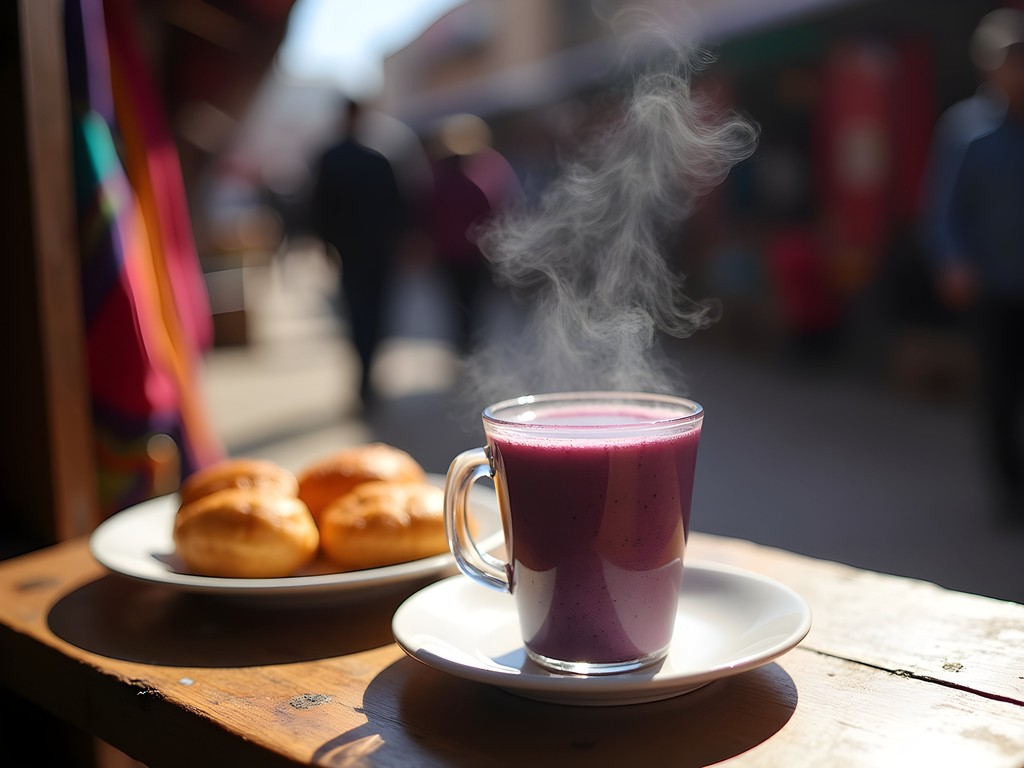
💡 Pro Tips
- Always carry small change for market purchases – vendors rarely have change for large bills
- Look for restaurants with handwritten menus rather than tourist-oriented picture menus for better quality
- Try the local Huari beer – it's specially formulated for high altitudes
Budget Accommodation: Where to Rest Your Head
Oruro isn't exactly overflowing with boutique hotels or design hostels, but what it lacks in aesthetic accommodation, it makes up for in affordability and authenticity. During carnival season, prices surge dramatically, so booking 3-4 months ahead is essential – I secured my stays back in November for February carnival.
For budget travelers, Hostal Liliana became my home base at just 80 Bolivianos (about $12 USD) per night for a private room with shared bathroom during non-carnival dates. The hot water was temperamental and the decor utilitarian, but the family-run operation offered invaluable local insights and even stored my larger luggage when I took a two-day trip to nearby Sajama National Park.
Mid-range options include Hotel Eden, where I splurged for my final two nights at 250 Bolivianos ($36 USD) for a private ensuite room. The reliable WiFi and actual heating made it worth every boliviano after days of bundling up in multiple layers at night in my budget accommodation.
While researching options, I discovered many locals rent rooms during carnival through Facebook groups rather than formal booking sites. This requires decent Spanish and some leap of faith, but prices can be 30-40% lower than official accommodations.
Regardless of where you stay, I found my travel sleep sack invaluable. This lightweight silk liner takes up minimal space in your luggage but provides a clean barrier between you and questionable bedding, plus adds warmth on cold altiplano nights. After a long day of exploring, being able to slip into something clean and comfortable made all the difference in my sleep quality.
One accommodation tip that saved me: pack earplugs and an eye mask. Bolivian buildings rarely have good soundproofing, and street noise starts early – particularly during festival season when practice sessions and impromptu parades can happen at dawn.
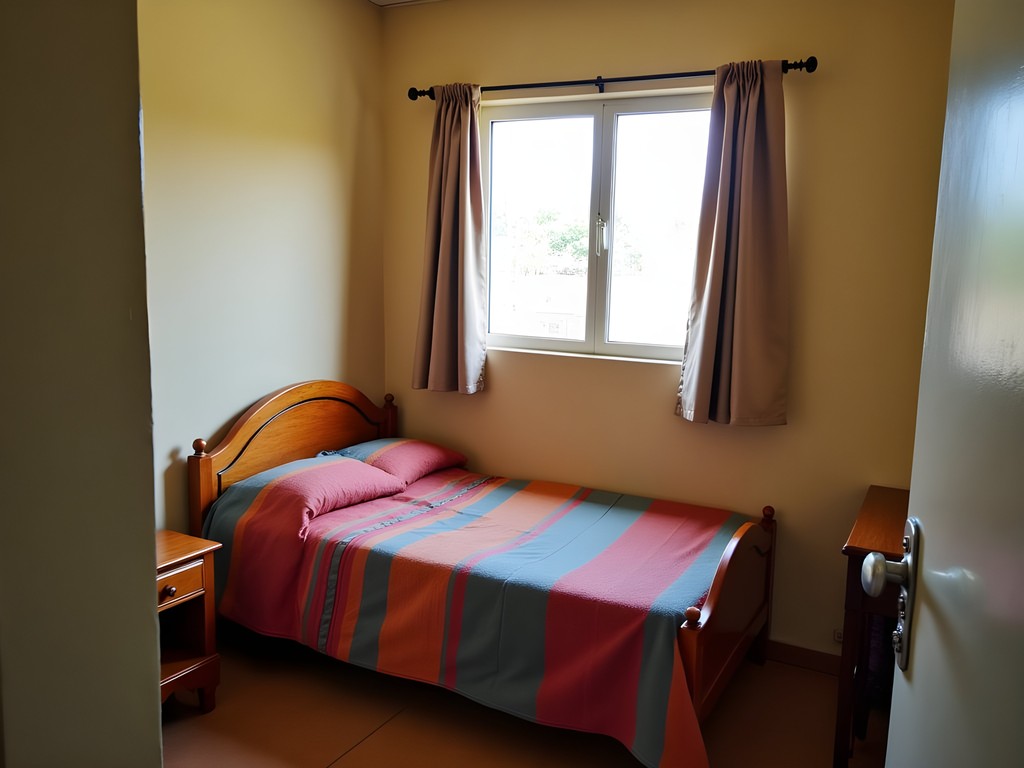
💡 Pro Tips
- Request rooms away from the street for quieter nights
- Many budget accommodations charge extra for hot showers – factor this into your budget
- Bring a portable doorstop for added security in basic accommodations
Final Thoughts
As my bus pulled away from Oruro, the dust of carnival still clinging to my boots and the rhythm of the morenada still pulsing in my ears, I couldn't help but smile at how this detour from my usual fashion-centric itinerary had reshaped my perspective. Oruro isn't polished or packaged for easy consumption – it's raw, complex, and gloriously authentic. Solo travel here requires flexibility, cultural sensitivity, and a willingness to embrace discomfort, but the rewards are immeasurable. Whether you're watching master craftsmen put final touches on carnival masks worth thousands of dollars or sharing a simple meal with miners whose families have worked the same veins for generations, Oruro offers a masterclass in cultural immersion that no guided tour could replicate. So before you book that predictable European getaway, consider this Bolivian alternative – where the altitude might leave you breathless, but the experiences will leave you transformed.
✨ Key Takeaways
- Book accommodation months in advance if visiting during carnival season
- Altitude acclimatization is essential – spend 2-3 days in La Paz before heading to Oruro
- The best cultural experiences happen away from the main tourist parade route
- Learning basic Spanish phrases dramatically enhances your experience in this non-touristy destination
📋 Practical Information
Best Time to Visit
February-March for Carnival; April-October for less crowded experience
Budget Estimate
$30-50 USD daily (excluding carnival period when prices double)
Recommended Duration
5-7 days (including acclimatization)
Difficulty Level
Moderate (Due To Altitude And Limited Tourist Infrastructure)

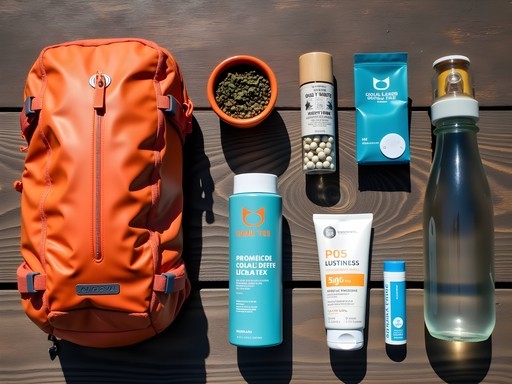
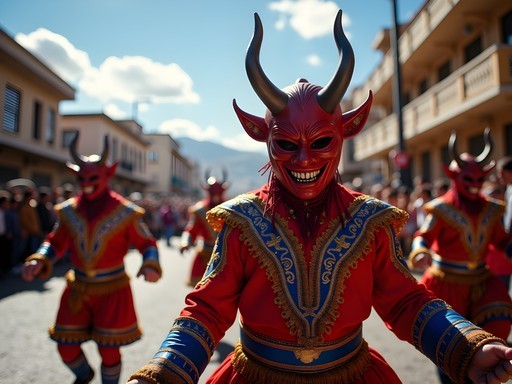

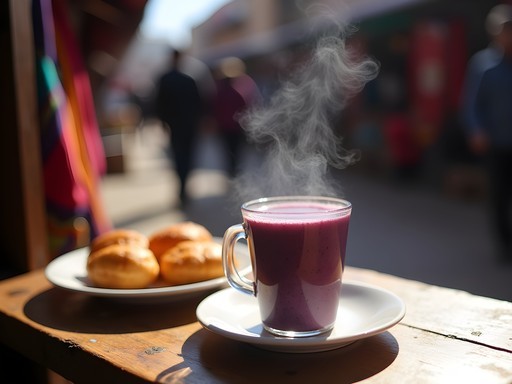
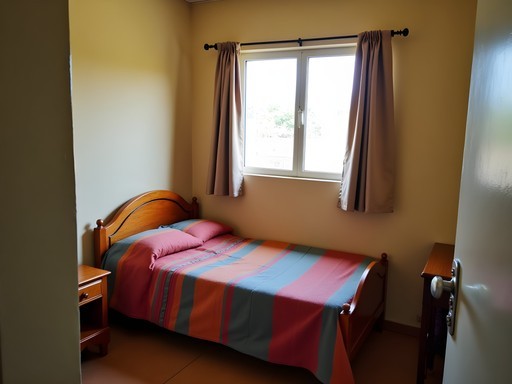


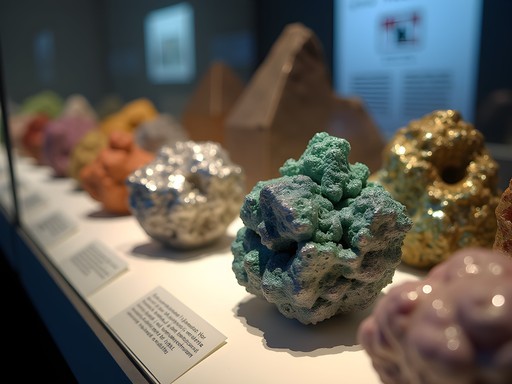







Comments
Jean Wells
Jose, your section on 'Strategic Navigation for Solo Travelers' during carnival resonated deeply with me. When I visited in 2023, I found myself overwhelmed by the crowds until I adopted a similar approach - identifying viewing spots away from the main thoroughfares and scheduling strategic breaks. One addition I'd suggest for solo travelers: connect with your accommodation hosts early. My hostel owner introduced me to a local family who invited me to join their carnival group for one day, which provided both safety in numbers and cultural insights I'd never have gained otherwise. The altitude preparation section was spot-on. I'd emphasize that hydration is absolutely critical - I tracked my water intake meticulously and it made a significant difference compared to previous high-altitude experiences.
Jose McDonald
That's brilliant advice about connecting with accommodation hosts, Jean! I wish I'd done that. My hotel was quite corporate and I missed that local connection opportunity. Did you stay somewhere specific you'd recommend?
Jean Wells
I stayed at Casa de Wara, a small family-run place about 15 minutes walk from the main parade route. Not luxury by any means, but the family involvement made all the difference. They even helped me find a local seamstress to repair my camera bag strap that broke during the festivities!
coffeehero
This is awesome! I'm thinking about doing carnival solo next year but worried about safety. How did you handle your valuables during the parades? And did you book accommodation super early? I heard everything fills up months in advance.
islandlife1718
Not Jose obviously, but when I went to Rio carnival I used a hidden money belt and only carried a cheap backup phone. Worked like a charm!
coffeehero
Smart! Did you book your stay months ahead too?
islandlife1718
100% yes - booked 6 months early and prices were still insane. Worth it though!
coffeeexplorer
Great post! How bad was the altitude for you? I'm thinking of going next year but I'm worried about getting sick.
Jose McDonald
Thanks! The altitude hit me harder than expected (Oruro is around 3,700m). Take it slow your first 2 days and drink coca tea. I also used altitude sickness tablets which helped a lot.
coffeeexplorer
Good to know! Did you acclimate somewhere else first or go straight to Oruro?
Jose McDonald
I spent 2 days in La Paz first which helped. If you can build in some adjustment time, definitely do it!
journeyexplorer5090
Those carnival photos are incredible! Definitely adding Oruro to my bucket list.
Jean Wells
The colors are spectacular, aren't they? I've been to several South American carnivals and Oruro has a unique energy.
journeyexplorer5090
Have you been to both Rio and Oruro? Wondering how they compare!
Jean Wells
Yes to both! Rio is more commercialized and beach-focused. Oruro is more authentic with indigenous traditions and those incredible diablada masks. Less tourists too.
Amit Sullivan
Jose, your perspective as a fashion buyer in Bolivia's carnival scene is absolutely refreshing! I visited Oruro back in 2023 and was completely overwhelmed by the crowds. Wish I'd had your strategic navigation tips then! The altitude hit me hard too - spent my first two days nursing a headache in my hostel. Your 'Fashion Buyer's Survival Kit' section is spot on. For anyone heading there, I'd add that the textiles in the markets outside the main carnival route are incredible - the weaving techniques date back centuries. Did you manage to visit any of the silver workshops? They're another hidden gem that most carnival-goers miss entirely.
coffeehero
The altitude thing is real! I got wrecked in La Paz last year. Any specific tips for managing it?
Amit Sullivan
Coca tea works wonders - it's everywhere in Bolivia. Stay super hydrated and give yourself 2-3 days to acclimate before attempting anything strenuous. I used my altitude sickness pills as a backup and they helped tremendously.
islandlife1718
Never thought of Oruro as a solo destination! Thanks for the fresh perspective, Jose!
Amit Sullivan
Right? I love how he traded Milan Fashion Week for Bolivian carnival. That's commitment to experiencing something authentic!
islandlife1718
Totally! Makes me want to skip the obvious destinations on my next trip too.
Sage Dixon
Jose, your post brought back so many memories! I did Oruro solo three years ago and that section about 'Carnival Chaos' is spot on. For anyone reading this and planning to go - the strategic viewing spots tip is gold. I spent my first day getting absolutely crushed in the crowds before finding a little café on the route with a second-floor balcony where I could watch in peace. One thing I'd add to your excellent guide - don't miss the Devil Dances at night. They're less crowded than the day parades and the atmosphere with all the lights and fire is incredible. I used my pocket binoculars to catch details from safer viewing spots away from the masses. Your section on the hidden cultural texture beyond carnival was what I missed - now I need to go back!
Jose McDonald
Thanks Sage! The Devil Dances were a highlight for me too. And yes, finding those strategic viewing spots makes all the difference between enjoying carnival and just surviving it!
oceanbackpacker8644
@Sage those night performances sound amazing! Adding to my list for sure.
oceanbackpacker8644
I was in Oruro last year but totally missed carnival season. Your tips on navigating the crowds are making me want to go back! How far in advance did you book accommodation? I imagine everything fills up crazy fast during carnival.
Jose McDonald
I booked about 6 months ahead and prices were already climbing! If you're going during carnival, I'd recommend booking as early as possible - some places were sold out 8+ months in advance.
vacationseeker
This looks amazing! How bad was the altitude sickness? I'm thinking of going next year but I'm a bit worried about that part.
Jose McDonald
The altitude is definitely no joke! I spent 3 days in La Paz first to acclimatize which helped tremendously. Lots of water, coca tea, and taking it slow the first couple days made all the difference.
vacationseeker
Thanks Jose! Coca tea - noted! Did you take any meds for it?
Jose McDonald
I brought some Diamox just in case, but ended up not needing it. The gradual acclimatization worked well for me!
mountain_momma
Pro tip for anyone heading to Oruro: bring CASH! Many smaller places don't take cards, especially during festival times when systems get overloaded. Had to learn this the hard way!
Jose McDonald
Great point! I should've mentioned this more clearly in the post. The ATMs also tend to run out of cash during busy periods.
Venture X
Premium card with 2X miles, $300 travel credit, Priority Pass